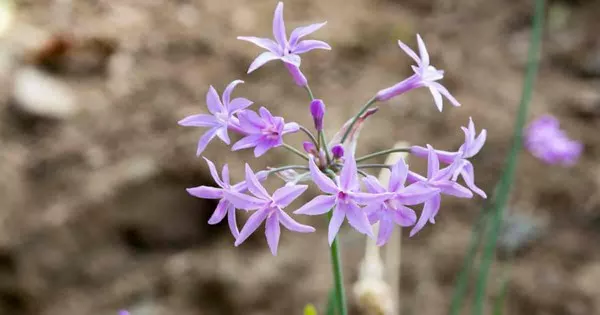Gardening enthusiasts often find solace in cultivating a diverse array of flowers, creating beautiful landscapes and vibrant gardens. However, the presence of various pests, including grasshoppers, can pose a challenge to the success of these efforts. This article delves into the intriguing question of whether grasshoppers would indeed eat your beloved flowers, exploring the factors that influence their feeding habits, potential impact on gardens, and strategies for effective pest management.
1. The Herbivorous Appetite of Grasshoppers
Grasshoppers are well-known herbivores with a voracious appetite for plant matter. They are equipped with strong mandibles that allow them to chew through various plant structures, making them capable of consuming leaves, stems, and even flowers. While not all grasshopper species exhibit the same level of enthusiasm for flower consumption, certain conditions and factors can lead them to target these ornamental structures.
2. Flower Preferences and Selectivity
Grasshopper species exhibit a range of preferences when it comes to their diet, which can influence their choice of plant parts to consume. Some grasshoppers are generalists, consuming a wide variety of plants, while others exhibit selectivity based on factors such as plant species, color, scent, and nutritional content. Flowers that are particularly succulent or rich in nutrients may attract the attention of these insects.
3. Environmental Factors and Feeding Behavior
Environmental conditions play a pivotal role in shaping grasshopper feeding behavior. Factors like temperature, humidity, and the availability of alternative food sources can influence whether grasshoppers turn their attention to flowers. In periods of drought or scarcity of preferred vegetation, these insects may resort to consuming flowers, which often contain water and nutrients.
4. Impact on Garden Flowers
The presence of grasshoppers in a garden can raise concerns for flower enthusiasts. While grasshoppers generally prefer grasses and other wild vegetation, the potential impact on cultivated flowers should not be underestimated. These insects can cause damage to flowers by chewing through petals, stems, and leaves. Severe infestations could lead to reduced flower production and compromised aesthetics.
5. Identifying Grasshopper Damage
Detecting grasshopper damage early is crucial for effective pest management. Signs of grasshopper feeding include irregularly shaped holes in leaves, ragged edges, and partially eaten petals. Vigilance and regular inspections are essential to spot potential issues and take appropriate measures.
6. Natural Predators and Biological Control
Nature maintains a delicate balance, and grasshoppers have their share of natural predators. Birds, rodents, spiders, and even certain insects feed on grasshoppers, helping to control their populations. Encouraging the presence of these predators in the garden can be an effective method of biological control, minimizing the need for chemical interventions.
7. Integrated Pest Management Strategies
Integrated Pest Management (IPM) offers a holistic approach to managing grasshopper populations and minimizing damage to flowers. IPM involves a combination of strategies, including cultural practices (such as removing grassy weeds), biological controls, physical barriers (like nets), and judicious use of pesticides when necessary.
8. Environmental Considerations
When employing pest management strategies, it’s essential to consider the broader environmental impacts. Chemical pesticides can have unintended consequences on non-target species and the ecosystem as a whole. Opting for eco-friendly pesticides or non-chemical approaches should be prioritized to ensure a sustainable garden environment.
9. Promoting Biodiversity
Creating a biodiverse garden can contribute to a healthier ecosystem and natural pest control. By including a variety of plant species that attract beneficial insects and predators, you can naturally reduce grasshopper populations and foster a more resilient garden environment.
Conclusion
The question of whether grasshoppers would eat your flowers is multifaceted and depends on a range of factors, from grasshopper species and environmental conditions to garden practices and natural predators. While the presence of grasshoppers can be concerning, an informed approach to pest management can help strike a balance between preserving the beauty of your garden and maintaining a harmonious ecosystem. By embracing sustainable gardening practices and learning about the nuances of insect behavior, you can navigate the delicate dance between flowers and the creatures that inhabit your outdoor space.


